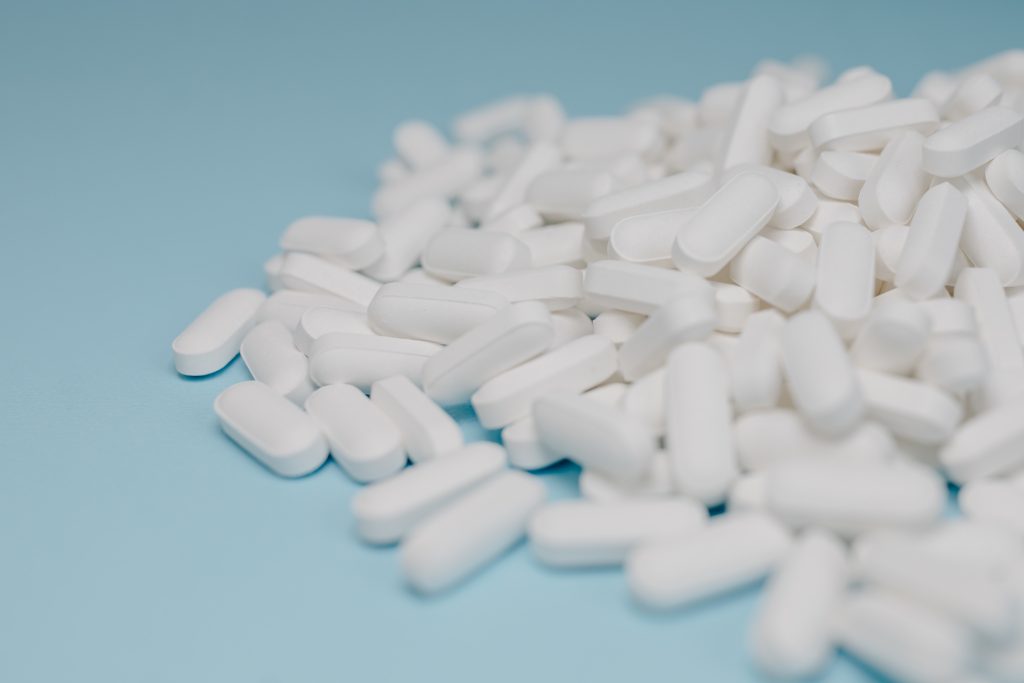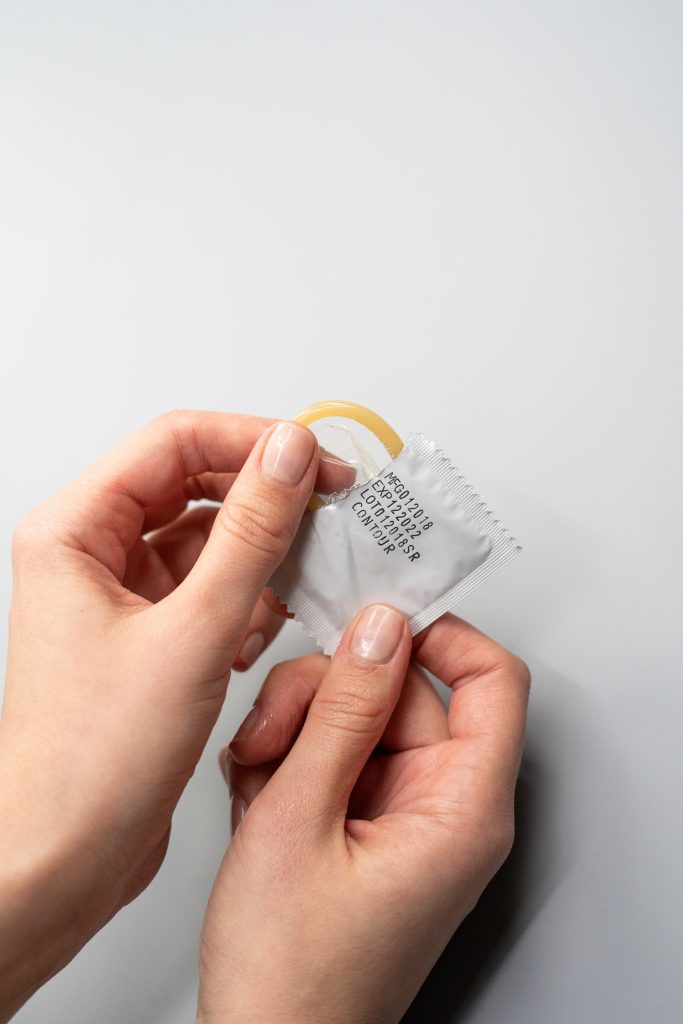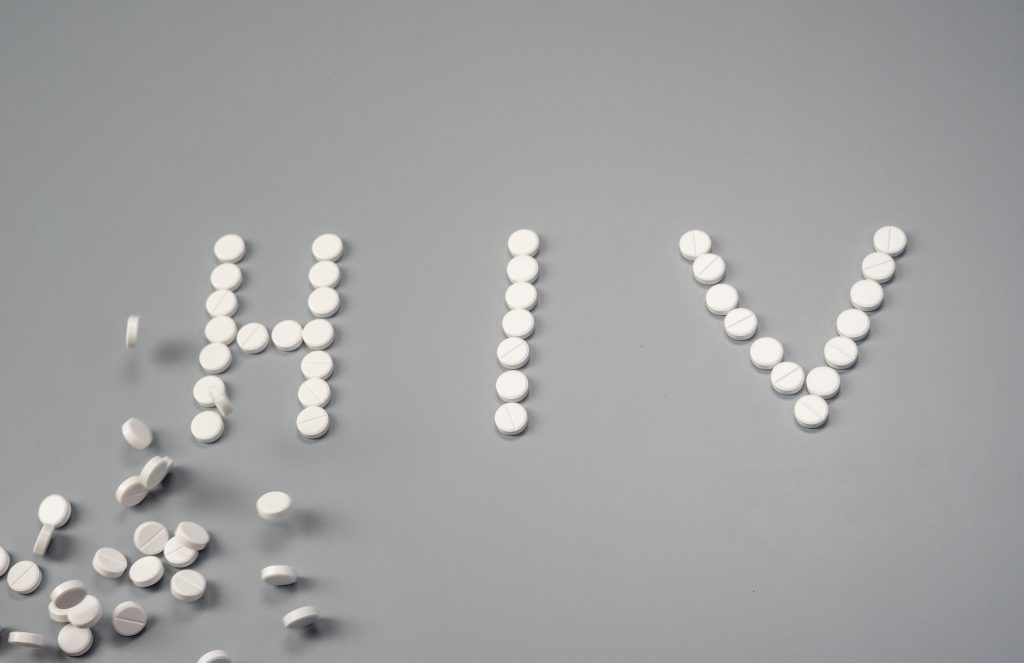Disclaimer: If you think you have been exposed to HIV, please talk to a health care provider about PEP as soon as possible (within 72 hours).

Post-exposure prophylaxis (PEP) is an emergency Human Immunodeficiency Virus (HIV) prevention method where individuals start a 28-day course medication within 72 hours of HIV exposure in order to prevent an infection. There are two types of post-exposure prophylaxis, occupational post-exposure prophylaxis (oPEP) and non-occupational post-exposure prophylaxis (nPEP). Occupational post-exposure prophylaxis is for individuals who have been exposed to HIV at work, such as in a health care setting. Non-occupational post-exposure prophylaxis is for individuals who have been exposed to HIV outside of work, such as during sex or through sharing a needle to inject a substance into their body. In this article, unless specified, “PEP” refers to non-occupational post-exposure prophylaxis (nPEP).
Table of Contents
How Does PEP Work?
According to the Centers for Disease Control and Prevention (CDC), individuals who are being considered for nPEP should be prescribed a 28-day course of a 3-drug antiretroviral regimen.2
The preferred regimen for otherwise healthy adults or adolescents includes:
- tenofovir disoproxil fumarate (tenofovir DF or TDF) (300 mg) with emtricitabine (FTC) (200 mg) once daily
plus
- raltegravir (RAL) 400 mg twice daily or dolutegravir (DTG) 50 mg daily.
The alternative regimen is:
- tenofovir disoproxil fumarate (tenofovir DF or TDF) (300 mg) with emtricitabine (FTC) (200 mg) once daily
plus
- darunavir (DRV) (800 mg) and ritonavira (RTV) (100 mg) once daily.
These medications are different classes of antiretroviral drugs, all of which are inhibitors that disrupt regular retrovirus life cycle and interfere with virus replication. Other regimens are available for children, people with kidney problems, and people who are pregnant.
How Effective is PEP?

There has been no well-conducted clinical trial of PEP. Current data from animal models, observational studies, and case studies support that PEP initiated soon after HIV exposure and continued for 28 days with consistent medication may reduce the chance of HIV infection through nonoccupational exposure.2 PEP should be started as soon as possible as it is unlikely to be effective when initiated more than 72 hours after the exposure. Ultimately, the best course of action is to avoid exposure to HIV. This can be done by making sure to use a condom correctly throughout the duration of penetrative sex and using a new clean needle during injections. If you are HIV-negative and are at high risk of HIV exposure, you should consider starting pre-exposure prophylaxis (PrEP) to reduce the risk of HIV infection before exposure.
Who is PEP Suitable for?
You may be eligible for PEP if you are HIV-negative or have an unknown HIV status, and within the last 72 hours you have been in the following situations:
- have been/ think you have been exposed to HIV during sex
- shared needles or drug preparation equipment
- were sexually assaulted
An initial evaluation by a health care professional is required for people seeking HIV post-exposure care. The evaluation consists of following main factors:
- HIV status of the potentially exposed person—What is the person’s current status?
- The risk of HIV infection—Is there a substantial risk of HIV acquisition?
- Is the exposure source known to be HIV-positive?
- Which potentially infected body fluid was the patient exposed to?
- Where is the site of exposure?
- Timing and frequency of exposure
- Is it less than 72 hours since the exposure?
- Does the patient have frequent, reoccurring high risk behavior?
- HIV status of the exposure source—What is the source’s HIV status?
- If the status is unknown, is the source available for HIV testing?
Typically, if the patient is HIV-negative, at high risk of HIV infection, with 72 hours of last exposure, and does not exhibit patterns of high-risk behaviors, PEP is recommended. If the source is known to be HIV-positive, the health care provider could obtain information that may help guide the choice of PEP medications to avoid prescribing drugs that the source virus is likely to be resistant to. If the status of the source is unknown, prescribing a suitable drug requires a case-by-case determination.
PEP is for isolated incidents where the individual is exposed to HIV in a non-occupational setting. People should not take multiple courses of PEP in sequence or continuously. If the individual engages in behaviors that result in frequent, recurrent exposure to HIV, frequent and repeated courses of PEP should not be prescribed. People who engage in frequent high-risk behaviors should be considered to transition to PrEP after completion of 28 days of PEP medications.2
How Do I Start PEP?
After the evaluation, all patients starting PEP should be tested for HIV, HBV, and STIs. A pregnancy test may also be necessary as pregnancy has been shown to increase the chance of HIV infection.3 Follow-up testing is needed where health providers will monitor liver function, kidney function, and blood parameters. People starting PEP must finish 28 days of PEP medication according to instructions. Additionally, individuals should not solely rely on PEP; adopting long-term safer sexual and drug-injection behaviors are recommended.
Does PEP Cause Any Side Effects?
PEP may cause short-term side effects such as nausea in some people.4 There is a possibility of individuals being infected by drug-resistant strains, which may affect PEP treatment. It is important to finish PEP as instructed and disclose any history of any HIV treatment to your doctor before starting PEP.
oPEP for Health Care Workers
The regulations for oPEP and nPEP are separated. oPEP is recommended when occupational exposures to HIV occur.5Health care workers should follow the appropriate oPEP guidelines for their country.
Concluding Remarks

Post-exposure prophylaxis (PEP) functions as an urgent measure in response to a potential HIV exposure and should be initiated within 72 hours of exposure. After starting PEP, individuals must finish a 28-day course regimen consist of 3 types of antiretroviral drugs. PEP is believed to be able to lower the chances of acquiring HIV from singular exposure, however, the efficacy of the treatment has not been fully examined. PEP should only be used for an isolated, singular incident of HIV exposure and should not be used recurrently. People should adapt to safe sexual behaviors, such as using a condom consistently, instead of merely relying on PEP. PrEP should be considered for HIV prevention if individuals are at frequent risk of HIV exposure.
References
- “Information on HIV/AIDS Treatment, Prevention, and Research.” AIDSinfo, U.S. Department of Health and Human Services, 2020.
- “Updated Guidelines for Antiretroviral Postexposure Prophylaxis After Sexual, Injection Drug Use, or Other Nonoccupational Exposure to HIV.” Centers for Disease Control and Prevention, U.S. Department of Health and Human Services, 2016.
- Mugo NR, Heffron R, Donnell D, et al. “Increased risk of HIV-1 transmission in pregnancy: a prospective study among African HIV-1-serodiscordant couples.” AIDS. 2011.
- “PEP | HIV Basics.” Centers for Disease Control and Prevention, U.S. Department of Health and Human Services, 2019.
- “Updated U.S. Public Health Service Guidelines for the Management of Occupational Exposures to HIV and Recommendations for Postexposure Prophylaxis.” U.S. Public Health Service Working Group, 2018.
Last Updated: 1 May 2020.
